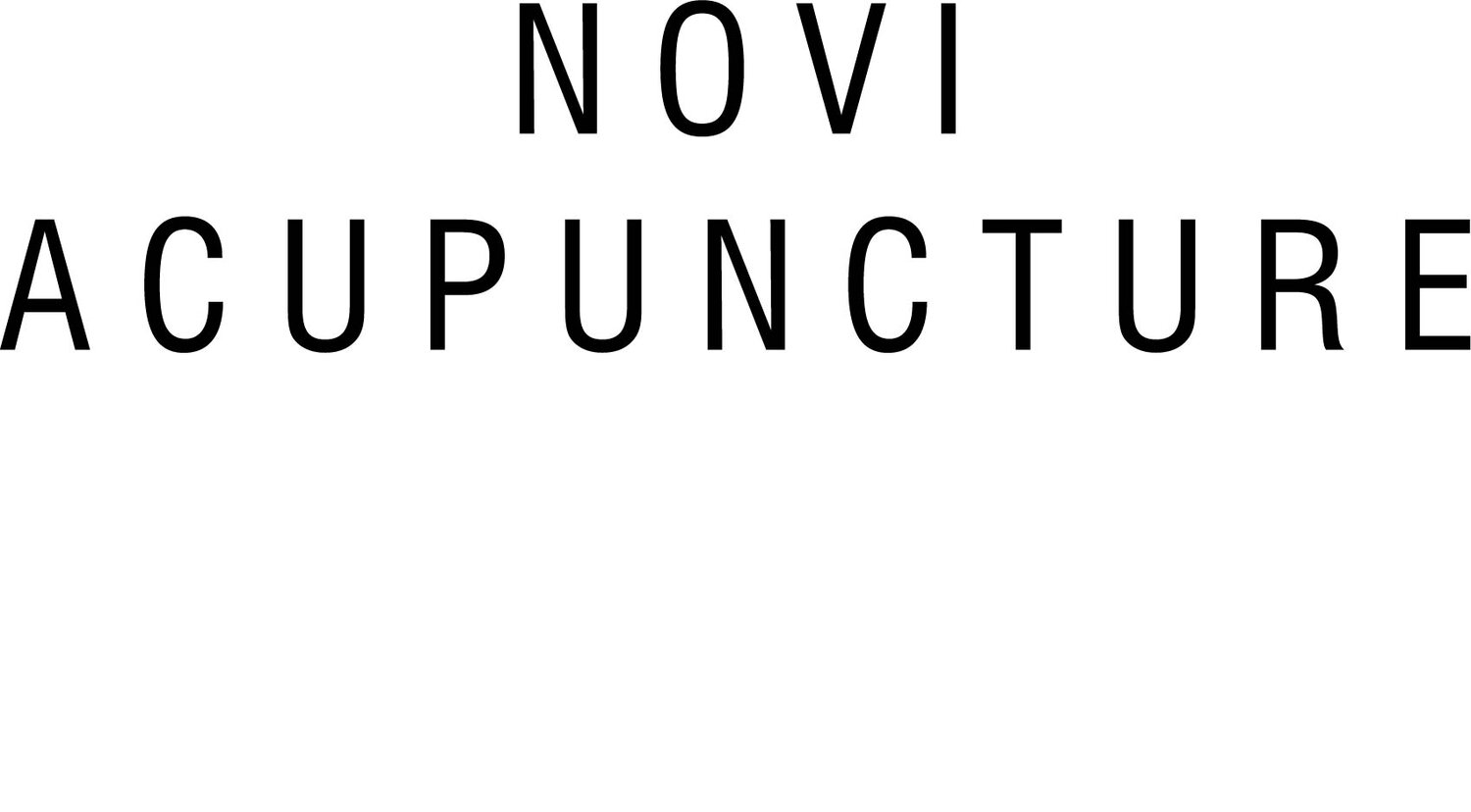WHAT IS TREATMENT
Chinese medicine is safe and effective with more than 5,000 years of evolution and development. Rooted in the principle of holism, it places great emphasis on treating the whole person and views the body, mind, spirit and context as an integrated unit. Context includes environmental factors such as culture, community, family, social networks and history. The goal of treatment is to establish “balance” within the individual, and in relationship to their environment.
Symptoms of illness or pain are referred to as “patterns” and indicate areas of weakness. Essential to diagnosis is evaluating a person in relationship to “patterns” and apply treatment to encourage the body’s inherent energetic flow. Correcting imbalances, as opposed to masking the pain or dysfunction, supports the body’s ability to restore function, alleviate symptoms and stabilize emotions.
Acupuncture, herbs, and other ancient techniques like moxibustion and/or gua-sha, combined with proper nutrition, movement and a positive attitude, help the body to function more efficiently. Treatment emphasizes individual lifestyle choices to create and sustain vitality and ease. This unifying force enables the body, mind, spirit and context to inter-communicate throughout the changing seasons in nature and in life. Most people find the experience very enjoyable.
THE FIRST APPOINTMENT
The initial visit lasts approximately 90 minutes and includes a discussion of your goals for treatment, medical history and medications. We will review the digestive, reproductive and eliminatory systems, as well as sleep patterns, diet and lifestyle. In order to analyze the body’s energetic rhythm, the pulses on the wrists are assessed, in addition to observing the structure, color and coating of the tongue.
Following the diagnostic process, the most common strategy for the first treatment is acupuncture and dietary suggestions, which are appropriate for most conditions. On subsequent visits herbal formulas, gua sha and moxibustion may be integrated depending on the individual and their goals for treatment. Follow-up appointments are 55 minutes.
FOOD IS THY MEDICINE
Dietary Therapy is the single most important aspect of all healing systems. A discussion of what foods to eat and which foods to avoid can greatly accelerate vitality. There is no one diet fits all. Food is organized into categories based on energetic qualities (hot/cold, damp/dry, yin/yang) and how food transforms with digestion and then assimilated in the body as nourishment, is unique to each individual’s constitution, medical history and goals and is integral to a complete treatment plan. Simply put, diet can have a profound effect on well-being, sometimes it’s what you eliminate, not what you add, that makes all the difference. “Medicine and food have a common origin.” – Li Shizhen
Acupuncture
Acupuncture has evolved over thousands of years into an intricate system of diagnosis and healing. There are many different styles from different parts of the world and theories on how it works. Simply put, human beings are considered part of nature animated by an energetic force that flows systematically through pathways. This sophisticated network system has highly charged points that interconnect the body physically and non-physically, through six yin and six yang systems. This arrangement complexity allows the energy to reach all the tissue and organs, providing nourishment, warmth and vitality to all parts of the body, mind and spirit.
Herbal Formulas
Ancient herbal medicine reaches back to the hunter-gatherers whose survival depended on the knowledge of their environment. Direct experience taught them which plants were toxic, which imparted strength and sustained life, and which had special healing qualities. These early discoveries and thousands of years of trial and error fostered the development of a very sophisticated system of diagnosis. From a collection of plant, animal, fungi, and aquatic sources, an herbalist can blend hundreds of classical formulas, each of which can be modified to fit an individual’s pattern of disharmony. At this time, I am prescribing patented Chinese herbal formulas from various brands that hold a reputation for sustainable sourcing and authenticity.
Gua Sha
Gua sha is an ancient technique that uses a tool to press-stroke or scrape an area of the skin that has been lubricated to create therapeutic petechiae or “sha” which are non-raised patches of brown-purple or red spots due to movement of blood from the muscle tissue to a more vascular region of capillary vessel flow beneath the skin. This therapeutic scraping increases circulation and lymphatic flow. Modern research shows gua sha produces an anti-inflammatory effect and can help the body to break up scar tissue, pain and increase energy flow.
Moxibustion
Moxa is prepared from the herbal plant mugwort, Artemisia vulgaris. The heat and essential oils from moxibustion therapy are very penetrating into the body’s deepest layers making it effective for impaired circulation and chronic cold and damp conditions. There are two techniques used to apply moxibustion: indirect moxa and direct moxa. “Indirect moxibustion”, the herb is tightly rolled into a cigar-like stick, the heat can be distributed to specific acupuncture channels or points or at a site of injury. In “direct moxibustion”, a small amount of herb is rolled into a cone and burned on a specific acupuncture point, with careful attention to not burn the skin.

